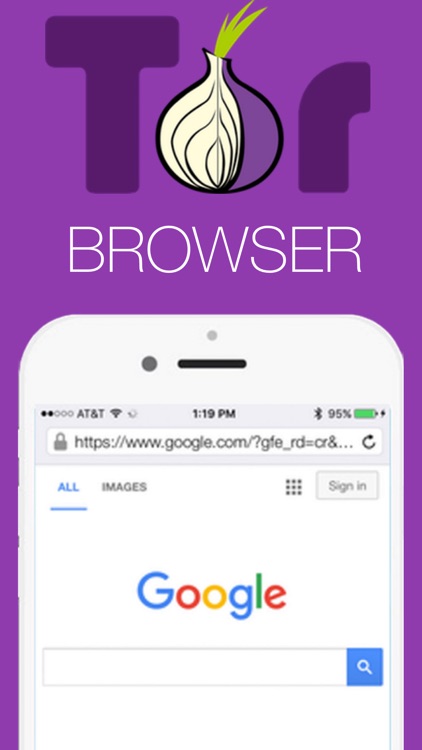

It has the same old notch design, with all the basics you'd want, from MagSafe and wireless charging to IP68 water resistance. It has a similar processor-the A15 Bionic with one additional graphics core, so gaming performance is (almost imperceptibly) better. The iPhone 14 ( 7/10, WIRED Recommends) is an awful lot like the iPhone 13 that came before, which isn't a bad thing. Note: Apple hasn't been including a charging adapter (nor earbuds) in the box since the iPhone 12, just a USB-C-to-Lightning cable, so you might need to buy a 20-watt adapter like this one. The single-lens rear camera takes pretty great daytime shots, but there's no night mode, and low-light images are lackluster compared to phones like the Google Pixel 6A.

It gets sub-6 5G connectivity, meaning it won't be able to hit the super-fast internet speeds available on pricier iPhones, but this isn't a big deal as you rarely run into that type of 5G. That chip also brings better battery life, but the SE will last you roughly a day of use-less if you're a heavy user. It has the same A15 Bionic processor as the iPhone 13 models, making this budget phone a powerhouse among its peers and capable of running the most demanding games. Internally, it's a whole lot more powerful than the previous generation. This is also the only iPhone in the lineup without ultra-wideband support, which improves AirDrop and lets you precisely find nearby AirTags. There's no MagSafe accessory system here, and the headphone jack is nonexistent, but at least you still get plain ol' wireless charging. (We've rounded up our favorite cases and accessories here.) That means you still get a cramped yet compact 4.7-inch LCD screen with a physical home button, thick bezels around the screen, and Touch ID. Externally, there are none-even the cases for the 2020 model will fit the iPhone SE 2022. Apple refreshed its most affordable iPhone for a third generation ( 7/10, WIRED Recommends) earlier this year, though you'll be hard-pressed to spot the differences.


 0 kommentar(er)
0 kommentar(er)
